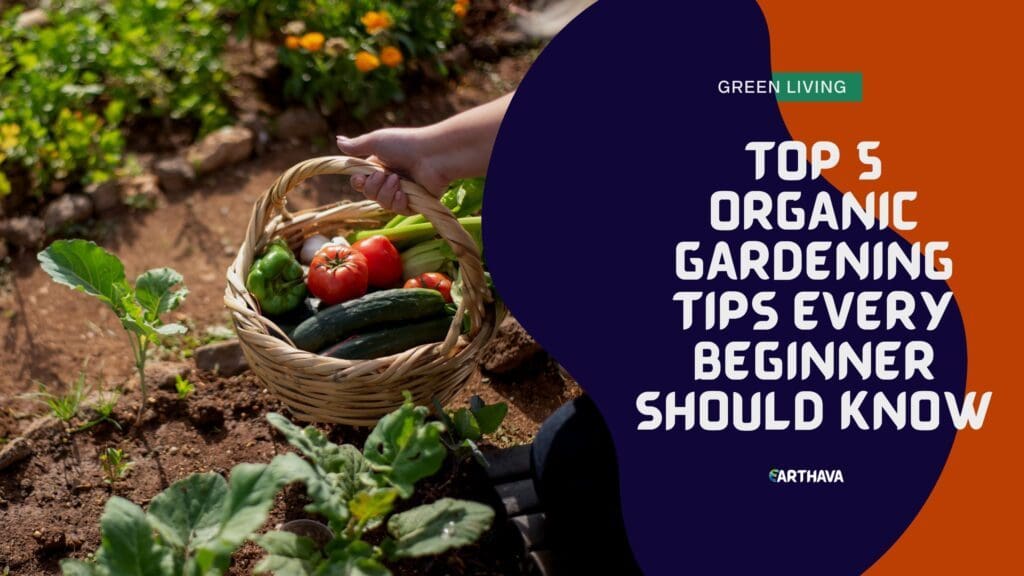The idea of the organic garden looks inspiring at the beginning, but it can become confusing and discouraging when you start working on the project. The truth is that gardening is not that hard, but it can be very repaying and fulfilling. There is tons of information available. With a couple of useful skills and some practice, you will be ready to grow your beautiful organic garden.

One of the biggest benefits of organic gardening is that you don’t need to use any toxic chemicals. The downside is that it makes keeping the pests and weeds at bay tougher. You will need to devote some time and effort but later you can enjoy healthy and delicious vegetables and fruits right from your backyard.
Pick a Location
Think about where you want to have your garden. The ideal situation is to have acres of free land or to have your greenhouse for a more stable environment for growing your plants. This is not always the case. You can make the most of limited space. If you’re planning on gardening in an urban environment, you need to see whether your place offers beneficial conditions for growing plants.
The Soil
You have two options here. You can plant directly in the dirt or get containers and beds. The first method will provide the irreplaceable presence of organisms that enrich and aerate the soil. In this way, it gets filled with nutrients. However, ground growing requires a spacious area and hard work.
Planting beds are ideal for both the back backyard and big balconies. You can construct it in any way you like, to fit your own needs. Plant beds can be made of brick, wood, or even stone. Remember; don’t make the bed too wide. Ensure enough depth to develop the root system.
If you want to make something funky with the limited space you own, then you can use containers. You can grow almost everything in them, from tomatoes to beans and peppers. Get wide containers so you can grow companion plants and save from water. Small pots can dry very fast and don’t provide enough space for the vegetables’ development.
Start Growing
When making your selection of plants, you need to consider the climate and the other conditions that determine your success. As a beginner, you might find it easier to get seeding instead of seeds. The latter requires indoor time, while the first can be directly placed in the ground.
Basic Maintenance
In terms of watering, each plant has different needs. Roughly, your vegetables will require about an inch of water every week. The plants placed in shady areas will require less watering. It is good to group greenery with similar characteristics together.
Mulch is another essential part of organic gardening. It will keep the weeds away and it will diminish the watering. You can use cut-dried leaves and branches or even the organic waste from your kitchen.
Take Notice
The major advantage of organic gardening is that it doesn’t use any toxic chemicals. This, however, makes its maintenance quite a struggle. Replace the herbicide with the good – old-fashioned method – by pulling the weeds. Fight the pests with friendly insects such as the ladybugs.







Great tips you have shared on organic gardening for the beginners. Thanks a lot for sharing your knowledge.
Nice write-up!